How Fashion Has Changed Society
Throughout history, fashion has indeed been at the frontline of societal transformation. It serves not only as a reflection of our cultural progress but also as a dynamic tool used by individuals to express their individuality and social status. In essence, the sphere of fashion does not merely revolve around aesthetic trends and prestige. It has evolved further into a platform for self-expression and manifestation of social movements. More than making us look good , fashion has influenced societal norms and customs, shaped our perception of beauty, and left profound marks on different eras. In the following discourse, we journey through time, exploring the fundamental ways in which fashion has invariably altered societies across the globe.
Fashion as a Social Identifier
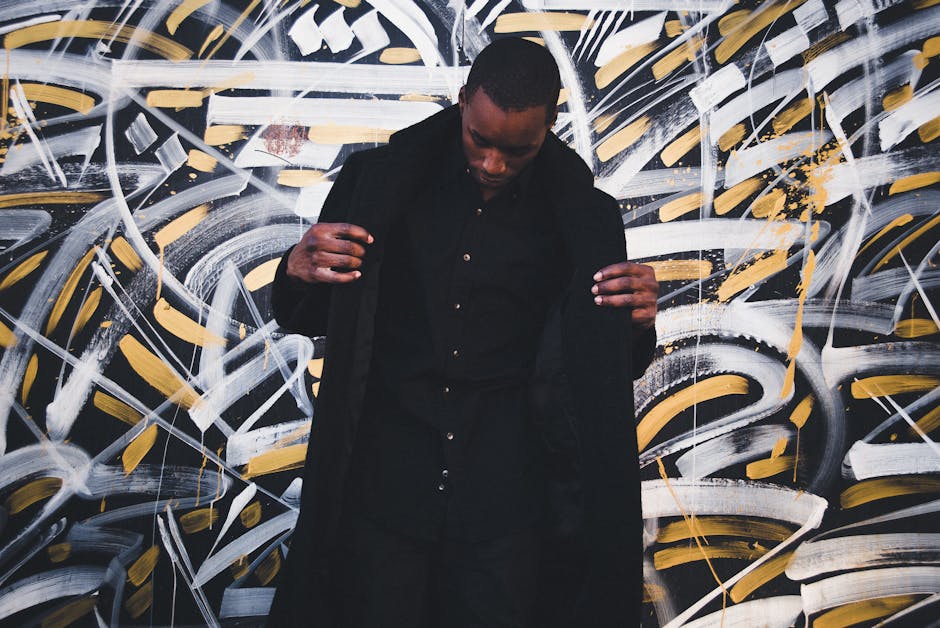
Photo by Spencer Selover on Pexels
Fashion is more than just clothing and accessory choices, it plays a vital role as a social identifier. From the working class to the elite, fashion has served as a powerful tool to express one's social standing, ethnic background, or personal style. Throughout history, diverse fashion trends have represented different communities , cultures, and ideologies.
In the art deco era, flapper dresses signified the emancipated woman. The hippie movement of the '60s brought bell-bottom jeans and tie-dyes, symbolizing countercultural rebellion against mainstream values.
Today, the evolving fashion landscape continues to reflect societal changes, with sustainable fashion resonating with eco-conscious consumers, and gender- neutral clothing breaking traditional gender norms .
Indeed, fashion acts as a social mirror, reflecting the complexities and nuances of our ever-changing society.
The Influence of Fashion on Body Image
Fashion has significantly shaped society's views on body image. From the corseted silhouettes of Victorian England to the ultra- slim looks propagated on 90s runways; these trends have often led people to alter their natural body shape to fit into the societal 'norm.'But recently, we've seen a shift. Body image is now less about conforming to a singular 'ideal' and more about self-expression and empowerment. Plus-size models are gracing the covers of major fashion magazines, and brands are embracing the diversity of body types, challenging the previous homogenous industry standards .
However, the industry still has a long way to go. There's a need to remove the stigma around body image in fashion and to celebrate diversity in all forms. Body positivity isn't just a trend—it's a stepping stone towards embracing self -expression in its truest sense. Fashion's influence on body image has evolved, and continues to do so.
Fashion and Gender Roles Evolution
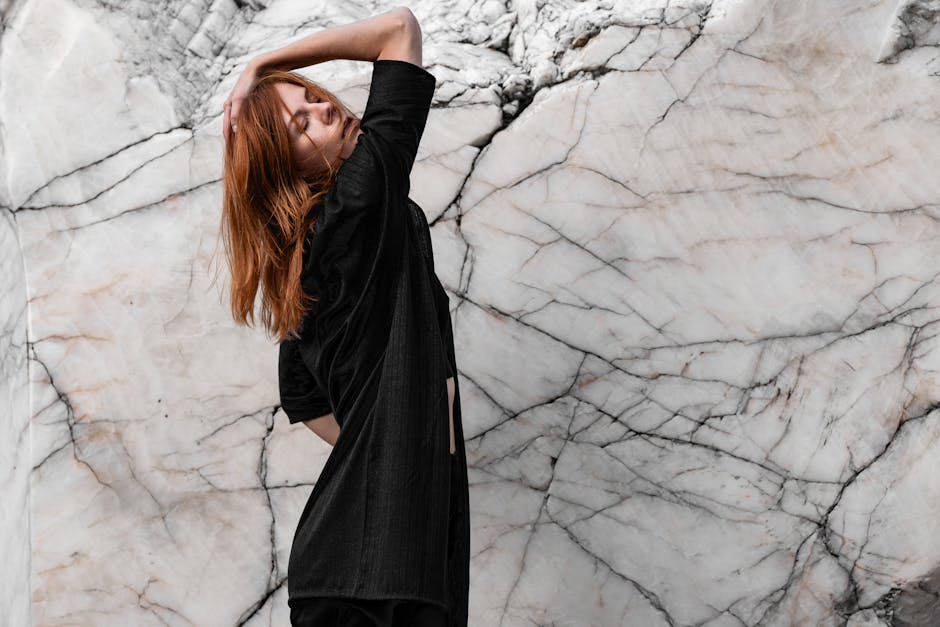
Fashion has significantly influenced the evolution of gender roles.
In the early 20th century, fashion strictly adhered to traditionally feminine and masculine silhouettes. As society evolved, so did fashion. The revolution of the '60s and '70s ushered in unisex clothing - a tangible testament to the growing movement for gender equality.
High-profile female figures such as Katharine Hepburn and Coco Chanel challenged societal norms by embracing trousers, typically associated with men. Similarly, artists like David Bowie blurred gender-specific fashion lines.
Today, fashion continues to mirror societal changes. Fashion designers increasingly create collections that are gender-neutral. This shift symbolizes society's gradual acceptance of fluid gender identities. Thus, fashion plays a role not just in defining but also challenging and transforming gender roles.
Overall, fashion's response to evolving gender roles reflects society 's progress towards inclusivity and acceptance.
Impact of Fashion on Economy
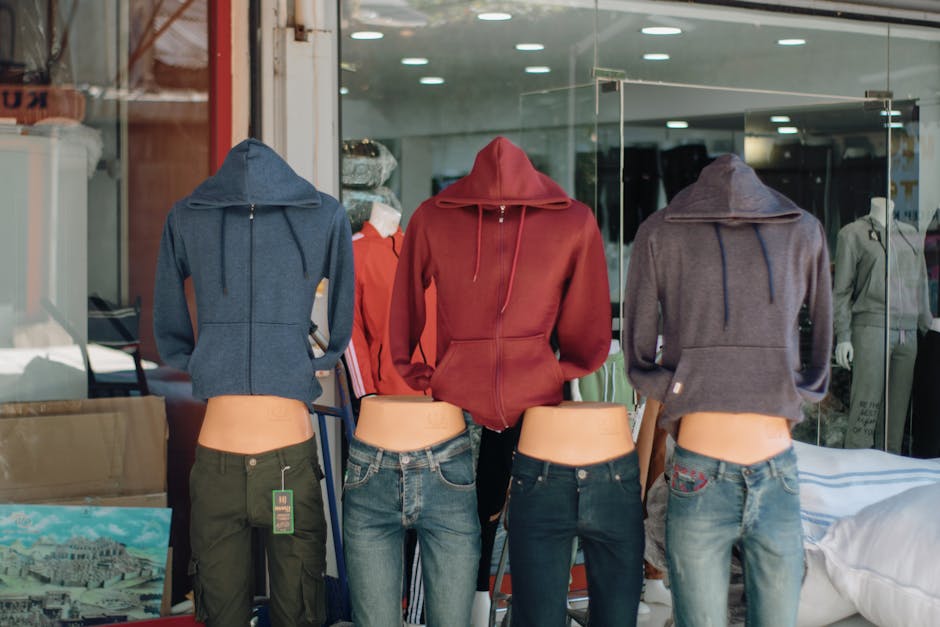
Photo by Berna Tosun on Pexels
The influence of fashion on the economy is undeniable. It's not just about the clothes we wear; it's an integral part of our economic system.
Fashion trends drive production, dictate retail strategies, and fuel a global trade industry worth billions . New collections and trends fuel consumer demand , prompting regular spending and keeping the wheels of industry turning.
The jobs fashion creates - from designers to retail assistants - also significantly contribute to economies worldwide. The fashion industry's success directly correlates with economic health - a thriving fashion industry represents a thriving economy.
Moreover, the fashion industry is a powerful tool for development, capable of lifting communities out of poverty through employment and skills training. Fashion isn't merely a frivolous fad, but a complex, worldwide economic powerhouse. Despite its challenges, the economic influence and potential of fashion are vast, truly showing the changing face of society.
How Fashion Reflects Current Events
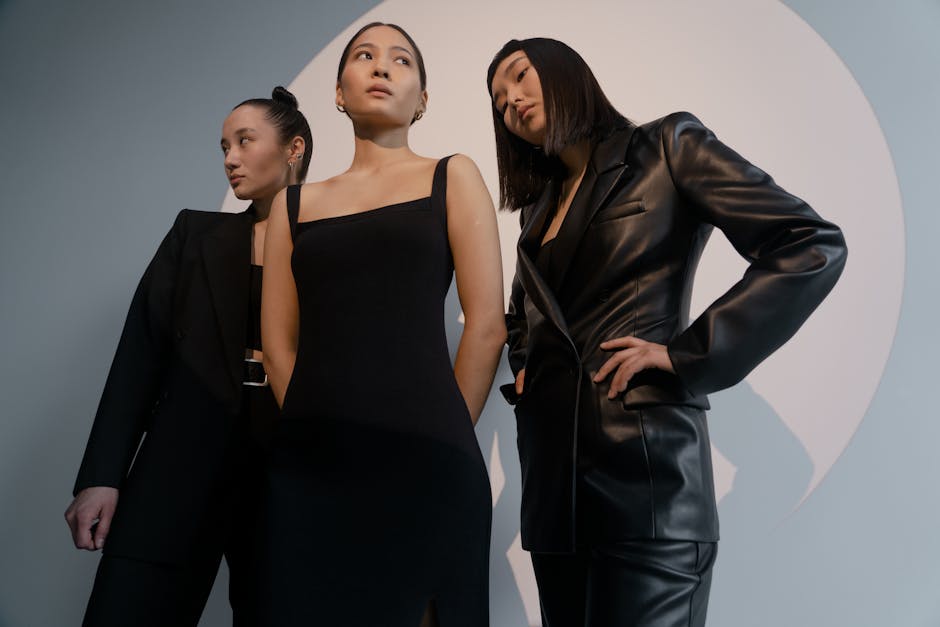
Photo by cottonbro studio on Pexels
Understanding fashion requires a peek into the mirror of societal events. Through the years, fashion has echoed the zeitgeist of each era, subtly reflecting its triumphs and tribulations.
For instance, the global movements for gender equality have been mirrored on fashion ramps, with androgynous designs gaining prominence . Turbulent political climates have often resulted in a rise of utilitarian and austere designs, like the militaristic fashion trends following World War II.
Even the on-going pandemic has sparked a significant shift. The rise of comfy ‘work from home’ fashion and emphasis on personal protective accessories are immediate responses to current events. The fashion industry, thus, serves as a runway reflecting societal shifts , keeping us grounded in the reality of our times.
Fashion's Role in Technology Advancements
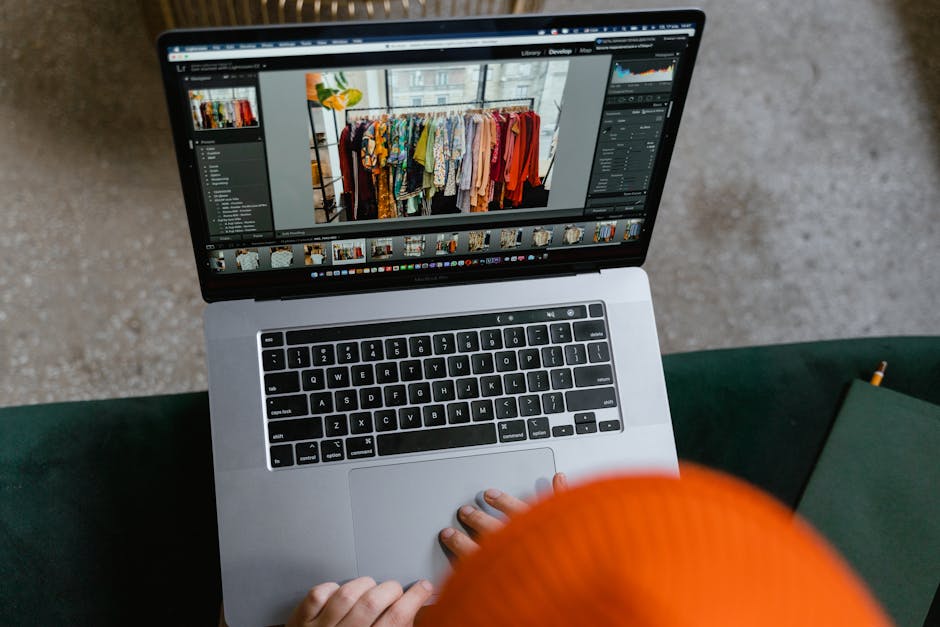
Photo by MART PRODUCTION on Pexels
In the realm of technology, fashion has played an unprecedented role. The incorporation of technology in fashion has transformed our interaction with clothes. Remember when polyester material made waves ? That was an initial manifestation of how technology can sculpt fashion trends.
Now, we have 'smart clothes' with embedded technology, facilitating life in different ways. Whether it's fitness apparel that monitors heart rates, or jackets that adjust to body temperature, technological advancements in fashion are continuously breaking new ground and revolutionizing our existence.
Likewise, fashion-tech like LED and 3D-printed clothing have set new aesthetics and sustainability standards. Moreover, virtual try-on apps and online fashion platforms have delivered a unique shopping experience , further proof of Fashion's role in advancing technology.
Fashion is a forefront player in technological advancements, carving innovative paths for society.
Fashion Sparking Social Movements

Photo by ready made on Pexels
Fashion’s influence extends far beyond just styling and trends. It often plays a pivotal role in sparking social movements.
The 1960s and 1970s, for instance, saw the rise of bohemian and hippie styles, reflecting a generation yearning for freedom and breaking norms. These fashion statements were a crucial part of the anti-establishment and peace movements that shook the world.
More recently, fashion has played a central role in movements such as gender fluidity and sustainability. The increase in gender-neutral collections from major brands underscores society 's shifting views on gender norms. The surge of eco- friendly fashion helps increase awareness about environmental sustainability.
Through its innovative designs and messages, fashion has repeatedly shown its power to instigate social change . By wearing our values on our sleeves, we can make powerful statements about the world we want to see.
Celebrity Influence in Fashion Trends

Photo by RDNE Stock project on Pexels
Fashion trends have often mirrored the personal style of the era's biggest celebrities, and Hollywood stardom has always been a major influence. When celebrities make bold fashion choices , they have the power to set trends as they are admired and emulated by the masses.
Take, for example, Audrey Hepburn's iconic little black dress , or James Dean's rebellious leather jacket look . These trends were not just wardrobe choices, they shaped society's perception of what was considered fashionable, desirable, and rebellious at the time. In recent years, stars like Rihanna and Harry Styles have pushed boundaries, encouraging personal expression through bold and creative fashion choices.
Today, the influence of celebrities is more prevalent than ever due to the rise of social media. This platform allows them to directly communicate their style to their fans, instantly influencing fashion trends worldwide .


